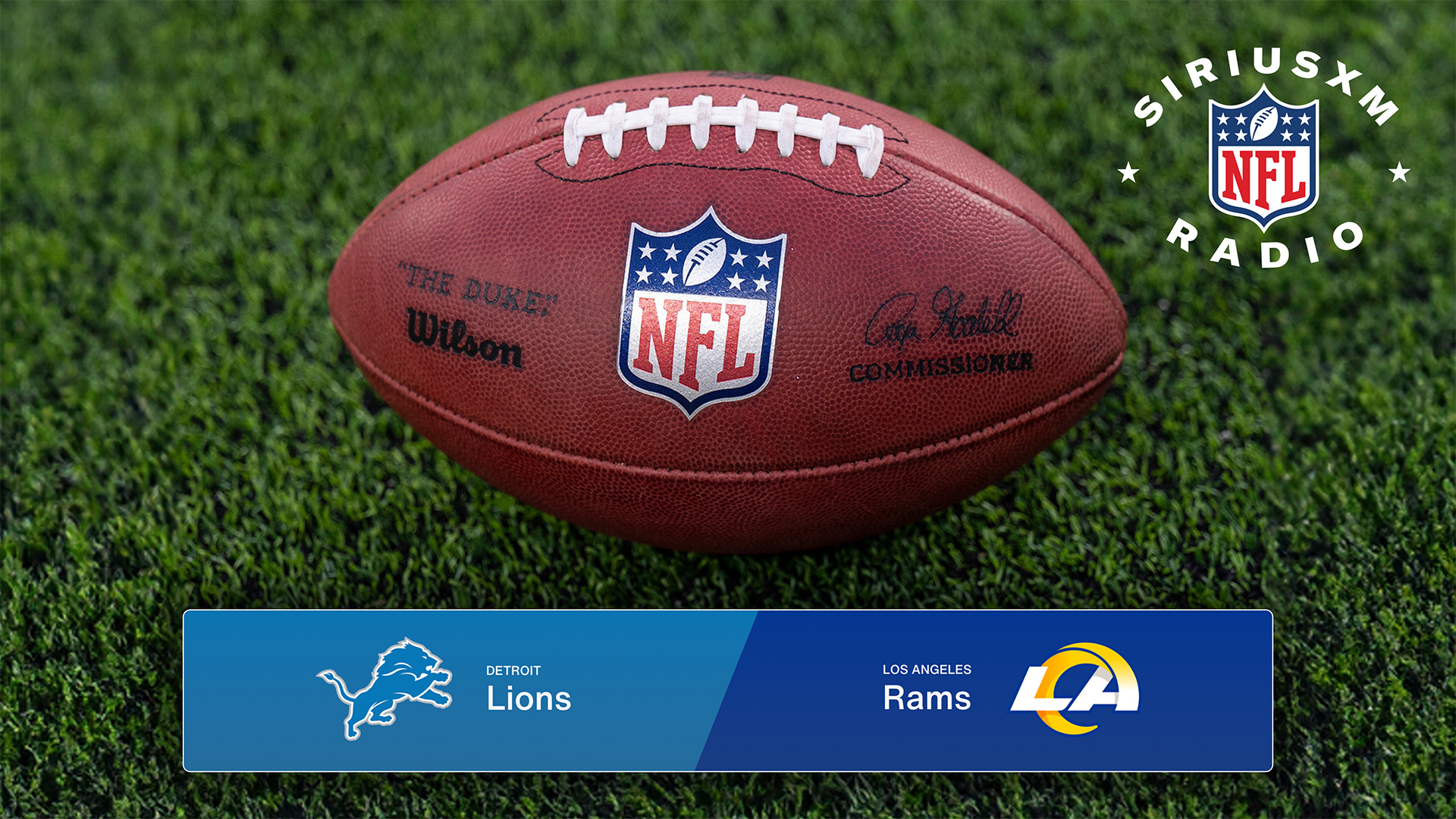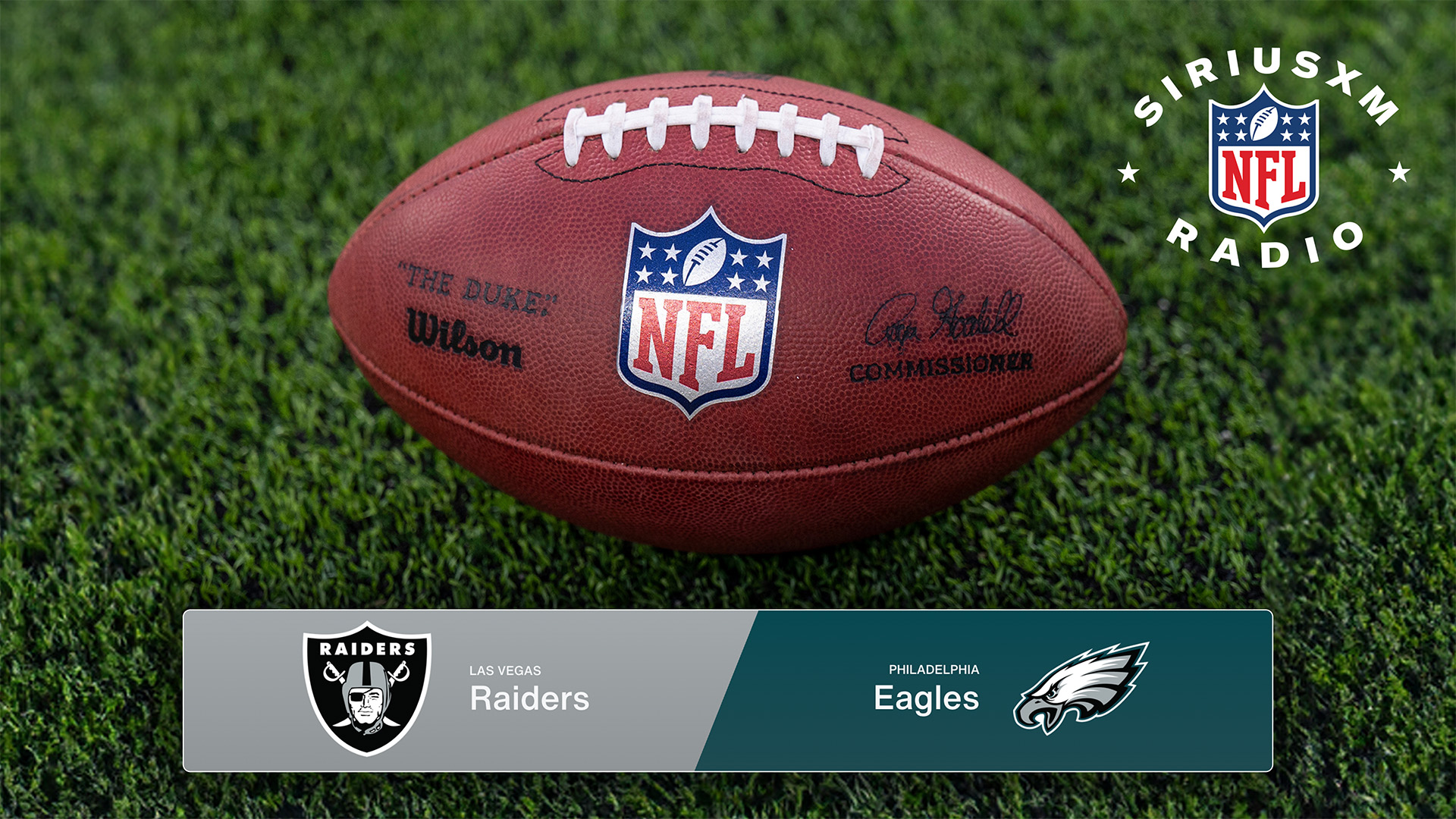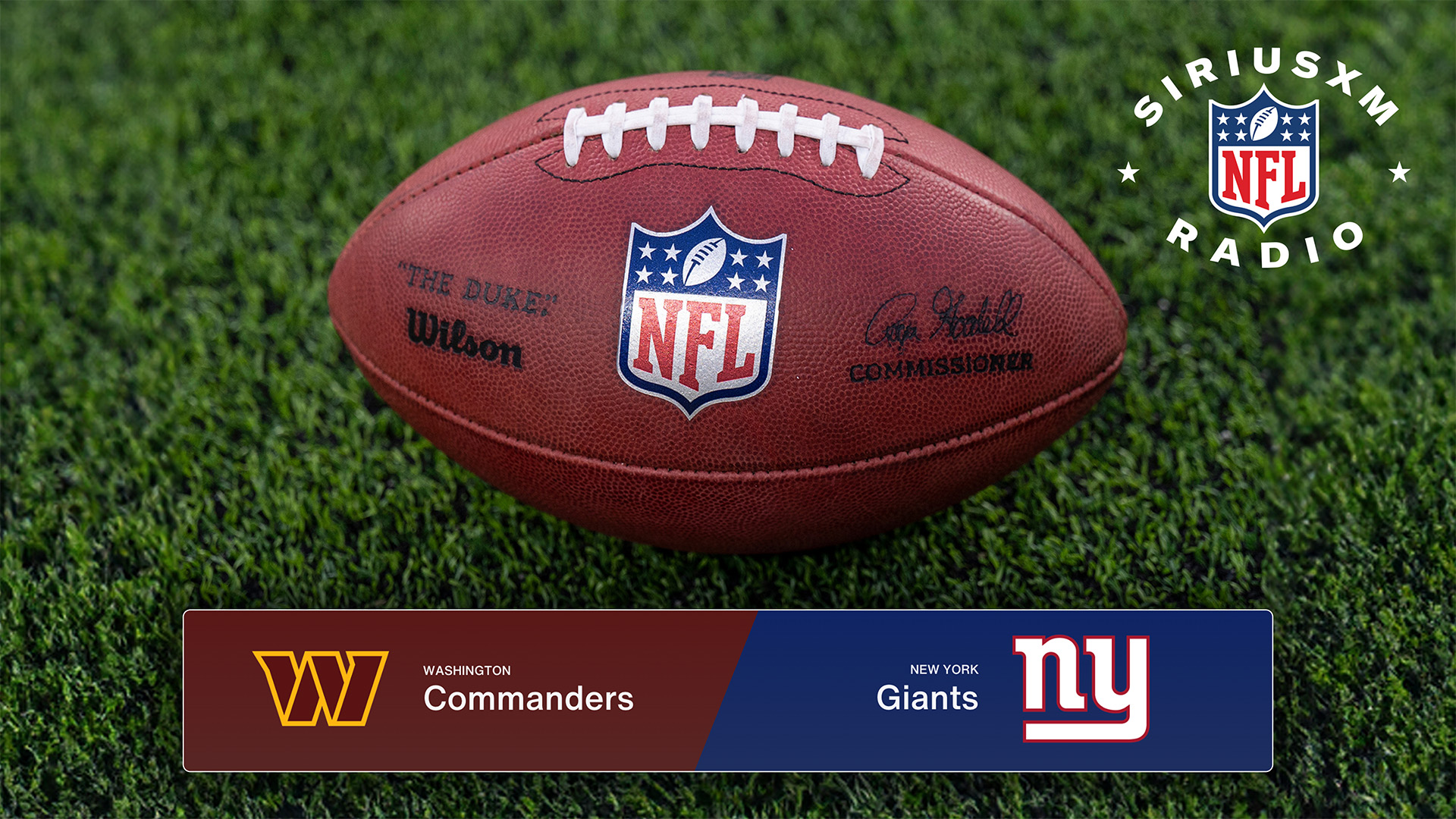#FlashbackFriday: “Do you believe in miracles?! Yes!”
What we’re gonna do right here is go back. Waaay back. Back into time. Each Friday, SiriusXM will help you reminisce, as we hop into a time machine and relive the great sports moments of the past. Both on the ice and off, we’ll … Continued
What we’re gonna do right here is go back. Waaay back. Back into time.
Each Friday, SiriusXM will help you reminisce, as we hop into a time machine and relive the great sports moments of the past. Both on the ice and off, we’ll try to bring you some interesting tidbits you might not have known.
Miracle on Ice and the 1980s
SKATE
Thirty-six years ago on Feb. 22, 1980, we witnessed one of the top sports moments of the 20th century. The “Miracle on Ice” was the most monumental upset in hockey history as the United States national team defeated the Soviet Union national team in a medal-round game during the 1980 Winter Olympics. The Soviet Union had won the gold medal in six of the previous seven Olympic games.
Following their 1960 upset by Team USA, the Soviets went 27-1-1 in the next four Olympics and outscored opponents 175-44. The 1980 squad was a powerhouse led by the likes of team captain Boris Mikhailov, Vladislav Tretiak, Vlacheslav Fetisov and Valeri Kharlamov. The latter three would eventually be enshrined in the Hockey Hall of Fame. The biggest advantage the Soviet players had was experience; many of them were seasoned veterans who were no strangers to international play. “Wait, weren’t Olympic athletes required to be amateurs back then,” you might be wondering. Yes, and the Soviets disguised themselves as students, engineers and military members who just so happened to play in a high-level hockey league with world-class training facilities.
In a stark contrast, the U.S. team was made up of amateur and collegiate players. Of the 20 players head coach Herb Brooks selected for the final roster, Buzz Schneider was the only returnee from the 1976 Olympic team. The average age of the team was 21 years old, making it the youngest team in U.S. history to play in the Olympics. Team captain Mike Eruzione led a group that included Neal Broten, Jack O’Callahan, Mike Ramsey, Mark Johnson, Dave Christian and Ken Morrow. Players from Boston University and the University of Minnesota were forced to put aside their rivalry for the sake of patriotism, which wasn’t difficult when they lined up against the Soviets.
Adding to the tension between the Soviet and American teams was the decades-old Cold War. The Soviet Union’s December 1979 invasion of Afghanistan was disapproved by the U.S. government. In protest, President Jimmy Carter considered having the U.S. boycott the 1980 Summer Olympics which were to be held in Moscow, and eventually he decided in favor of the boycott. So with the Soviet War in Afghanistan two months old, Lake Placid, New York was home to a showdown that represented more than just hockey supremacy.
Prior to the game, Brooks read a written statement to his players telling them, “You were born to be a player. You were meant to be here. This moment is yours.” The players responded, mounting a comeback in the third and final period while staving off a furious Soviet attack to earn a 4-3 win. As the crowd counted down in the game’s final seconds, sportscaster Al Michaels made one of the most famous sports calls in history.
The U.S. went on to win the gold medal by defeating Finland 4-2 in the final game. The Soviet Union beat Sweden 9-2 for the silver medal, which the players chose not to turn in to get their names inscribed on them. Clearly, the Soviets were feeling some type of way after the loss.
LISTEN
The 1980s in music saw the emergence of megastars across different genres. Michael Jackson dominated the decade with his albums Thriller, which is the best-selling album of all-time, and Bad. Madonna was the most successful female artist of the decade behind her albums True Blue, Like a Virgin and Like a Prayer. Prince, Whitney Houston and Janet Jackson all emerged as superstars. Cyndi Lauper and New Kids on the Block were successful on the pop charts with their styles that catered to the MTV generation. Diana Ross, Tina Turner, Bruce Springsteen, and Cher all saw international success.
Hard rock saw a resurgence in the decade behind bands such as AC/DC, Van Halen, Queen, Guns N’ Roses, Kiss, Bon Jovi, Motley Crue and Poison. Aerosmith and Alice Cooper made successful comebacks in the late 1980s. Not to be confused with hard rock, heavy metal also achieved popularity behind acts like Ozzy Osbourne, Iron Maiden, Metallica, Slayer, Anthrax and Megadeth.
Contemporary R&B got its start in the 1980s as elements of disco, funk and hip hop were added to the production to make the genre more danceable and modern. Stevie Wonder, New Edition, Rick James, Lionel Richie, and Earth, Wind & Fire were all mainstream successes. Soul singers like Luther Vandross, Sade, Anita Baker and Teddy Pendergrass originated the Quiet Storm sub-genre. Producers Jimmy Jam and Terry Lewis along with Teddy Riley started combining R&B with hip hop rhythms to create New Jack Swing, and was applied to artists like Bobby Brown, Keith Sweat, Guy and MC Hammer.
Hip hop became a dominant cultural movement throughout the 1980s. Beatboxing pioneers like Biz Markie and Doug E. Fresh originated the vocal percussion technique. Doug E. Fresh’s collaborations with Slick Rick saw widespread success. Artists also made socially conscious songs through hip hop, such as “The Message” by Grandmaster Flash and The Furious Five and “It’s Like That” by Run-DMC. Other popular artist of the 1980s include LL Cool J, Beastie Boys, NWA, Public Enemy, Eric B. & Rakim, MC Lyte, Boogie Down Productions, Salt N Pepa, among others.
EAT
McDonald’s started selling chicken nuggets in 1980 to provide an alternative from hamburgers. Burger King started selling “specialty sandwiches,” including the original chicken sandwich, in the early part of the decade. Candies and desserts like Jell-O pudding pops, frozen yogurt, jawbreakers, fruit roll-ups and gushers satisfied everyone’s sweet tooth. Healthy eating apparently was not a priority at the time.
Quiche and pasta salads, which usually had at least three different colored pastas, were popular appetizer items. An obsession with Cajun blackened chicken and fish, really blackened anything, dominated the main-course preferences. Sushi also rose to prominence in the 1980s and we never looked back. For the occasional onset of laziness, sloppy joes were a simple lunch item and Lean Cuisines provided “healthy” TV dinner options.
PLAY
Some awesome board games debuted in the 1980s. Trouble, Connect Four, Hungry Hungry Hippos, Mouse Trap, Guess Who, Battleship and Trivial Pursuit all provided kids with an alternative recreational activity as opposed to just staring at a smart-phone screen all day, like today’s generation.
WATCH
Just for fun, check out these retro 1980s commercials that likely would’ve annoyed the hell out of you while you were watching M*A*S*H.
NEXT WEEK
Next Friday we’ll look back on Muhammad Ali’s first step towards becoming “The Greatest” when he faced Sonny Liston for the heavyweight championship in 1964.



